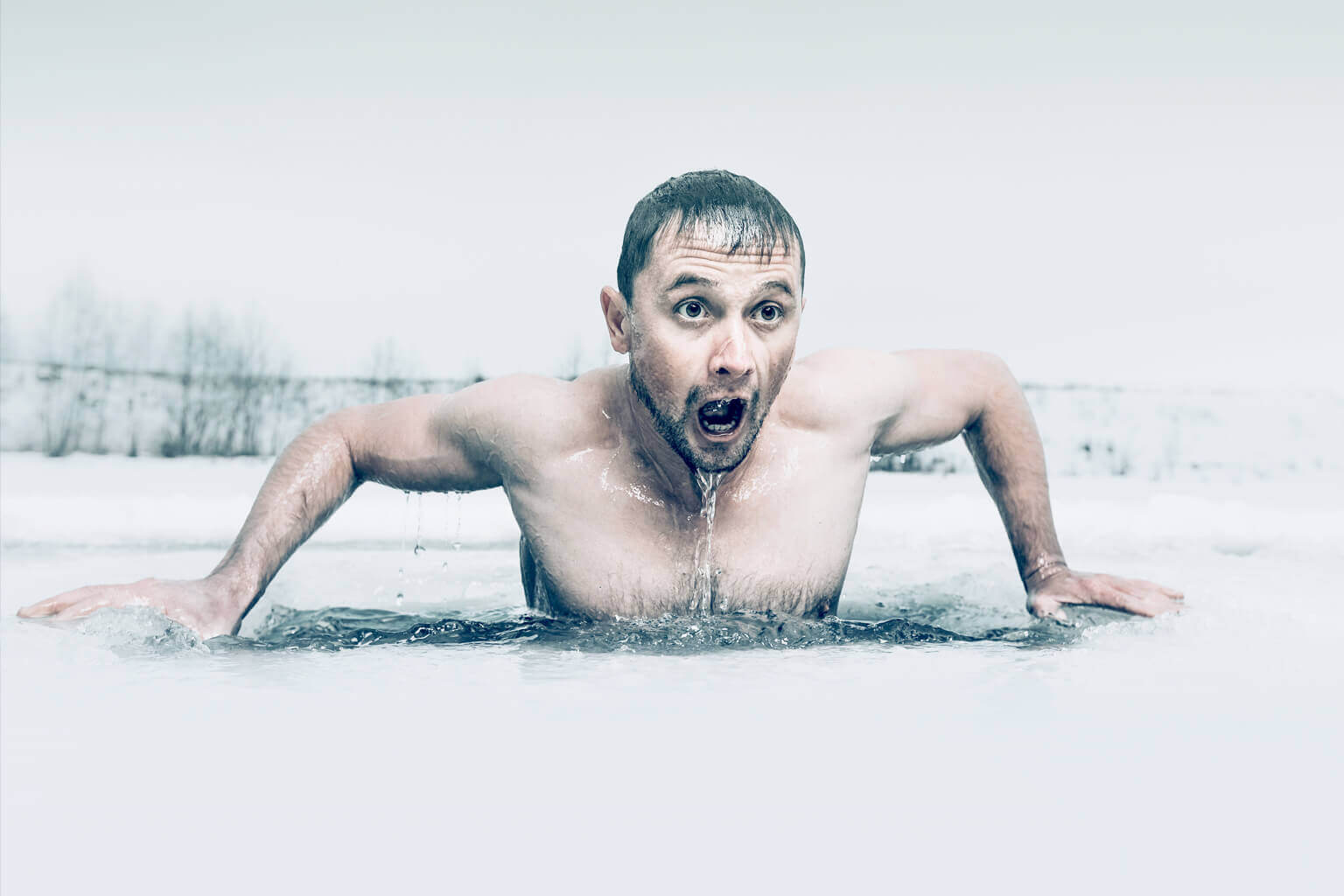You see it everywhere on social media. Fitfluencers, bodybuilders, MMA athletes and so on, immersing themselves in tubs filled with ice or just cold water and advocating for its effectiveness for recovery and performance. Does the scientific evidence support the hype tho?
Overview
What did they test? The authors reviewed the available literature to explore how cold water immersion compares with other recovery modalities on athletic performance after hard exercise.
What did they find? Cold water immersion was as effective or even slightly better than most other recovery modalities included in this review. However, the effects of cold water immersion on certain physiological adaptations warrant caution with its use.
What does it mean for you? If you’re someone looking to increase muscle mass, cold water immersion should be used sparingly (eg: after very hard training sessions) as it can interfere with hypertrophy related training adaptations. Otherwise, cold water immersion seems to be a fine recovery modality (although nothing revolutionary).
What’s the Problem?
Training for almost any goal, general health included, requires a high intensity of effort and consistency. No matter how you structure a training program or what your preferences are, there is one variable that is non-negotiable, and that’s intensity of effort. In other words: you can’t escape training hard if you’re looking to improve your physical capabilities.
Training hard, although enjoyable for many of us who have been “in the trenches” for years, comes with a great deal of fatigue, especially after long periods of continuous training. The best way to dissipate accumulated fatigue is to rest and consume plenty of calories. As you probably already know, and have potentially seen in our previous REPS issues, there are a plethora of additional recovery modalities and tools out there that in some cases may help you boost your recovery game. In previous REPS issues we went over studies that looked at foam rolling and compression garments, with results being along the lines of “it won’t hurt but it won’t be anywhere near a game changer either” as far as increases in recovery go.
Some of the most common recovery modalities include sports massage, active recovery, cold air exposure and cold water immersion, with the latter gaining quite a bit of popularity in the last few years as ice baths and cold showers have become a must in “self-improvement/discipline” circles as well as the sporting world. Many celebrities and fitness personalities take it to social media to share their cold water immersion practices, with some even buying dedicated tubs/barrels which they use solely for cold water immersion purposes. Some of you may even remember the Kevin Hart “cold as balls” ice bath YouTube series, where the comedian would be immersed in cold water alongside pro athletes. Cold water immersion requires one to immerse either their entire or parts of their body in cold water, usually around 8-20°C for anywhere between 5 to 30 minutes at a time.
In addition to cold water immersion, there are also other forms of water immersion when it comes to “boosting” recovery, including warm water immersion and contrast water therapy.
Previous literature has investigated all the above recovery modalities and their effect on recovery markers and performance but usually just compared them to passive recovery versus comparing them to each other. When comparing with other recovery modalities, previous studies have only looked at 1 or 2 recovery outcomes (eg: soreness) and quite a bit of data is lacking on their effects on physical performance.
The question that remains is: will cold water immersion actually help you step your recovery game up and how does it compare against other recovery modalities? This monster review by Moore et al (2022) may have the answers!







